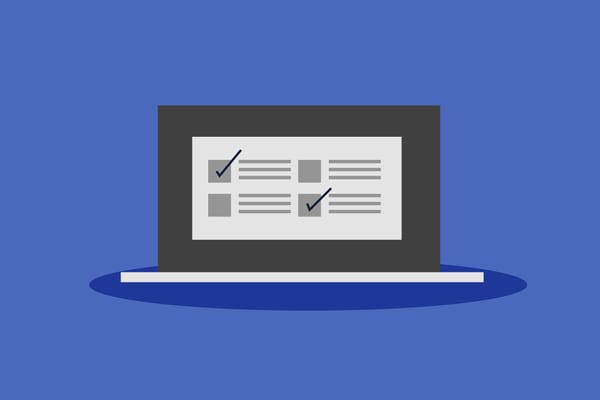Why breaches can affect you long after they occur

You may have heard the term "data breaches" so often lately that you’ve started to ignore it, or feel overwhelmed at the thought of your leaked data. But there is always something to do to protect data better.
Knowing about past breaches you’ve been involved in is better than suffering their effects out of the blue. Starting the fight with future ones offers far more protection and control than doing nothing. It is estimated that, on average, 300 million people are affected by data breaches every year.
The sooner you learn about how and why they can affect you in the long run, the greater your chances of minimizing associated risks.
Here are 3 things that all breaches have in common:
#1: It takes months for a company to identify and contain a breach
According to a study by IBM, it took an average of 277 days—about nine months—to identify and contain a breach in 2022. The Verizon Data Breach Investigation Report says that 66 percent of breaches took months, or even years, to discover.
For you, this means your data may already have been compromised, and you don't even know it. By the time a company learns and goes public with it, your data may have already been on Dark Web or in the wrong hands for some time. When financial details are exposed, even a few days can be damaging.
#2: Breaches can lead to identity theft
Not all breaches have terrible consequences, but some can lead to identity theft. A Sontiq report shows this is the case for 1 in 3 breach victims.
When data is breached, personal information like your name, address, Social Security number, credit card numbers and bank account numbers can be exposed. A criminal can use this information to steal your digital identity and money and commit crimes in your name.
The victim commonly finds out their digital identity is stolen after:
- receiving emails from unfamiliar accounts, phishing and scams such as fake antivirus messages, deceptive package delivery messages, phone calls from tech support they never contacted
- finding themselves locked out of online accounts or suspicious logins into their accounts
- detecting suspicious activity on bank or credit card statements
- finding statements or bills for unknown accounts
- receiving collection notices and bills for services they never used
At this point, all efforts go toward minimizing the damage: reporting the incidents, closing or putting fraud alerts on accounts, changing passwords and credentials, and activating multi-factor authentication for online accounts.
#3: Data from breaches ends up on the Dark Web
In the event of a data breach, your credentials will likely end up on a dark web marketplace or forum. The dark web is a part of the internet that is not indexed by regular search engines and can only be accessed using specialized software. Checking whether your data is there requires a significant amount of time, knowledge and effort.
Investing in a dark web monitoring service such as Digital Identity Protection is the best option. It scans millions of websites and monitors the underground networks to check if your information was leaked on the Dark Web. It is not limited to email addresses but includes phone and bank account numbers, identity information, medical records, etc.
You cannot remove data from the Dark Web, but at least you learn what info is exposed and can take alternative steps for protection.
Digital Identity Protection lets you see your digital footprint at a glance, check your breach history, map risk, and all your leaked information: passwords, physical address, and credit card details, and it will advise you what to do next.
While data breaches are getting more frequent and severe, the tools available to protect yourself against them are getting better and more convenient.
tags
Author
Cristina is a freelance writer and a mother of two living in Denmark. Her 15 years experience in communication includes developing content for tv, online, mobile apps, and a chatbot.
View all postsRight now Top posts
Outpacing Cyberthreats: Bitdefender Together with Scuderia Ferrari HP in 2025
March 12, 2025
Streamjacking Scams On YouTube Leverage CS2 Pro Player Championships to Defraud Gamers
February 20, 2025
How to Identify and Protect Yourself from Gaming Laptop Scams
February 11, 2025
Your Device ‘Fingerprint’ Will Go to Advertisers Starting February 2025
December 24, 2024
FOLLOW US ON SOCIAL MEDIA
You might also like
Bookmarks







